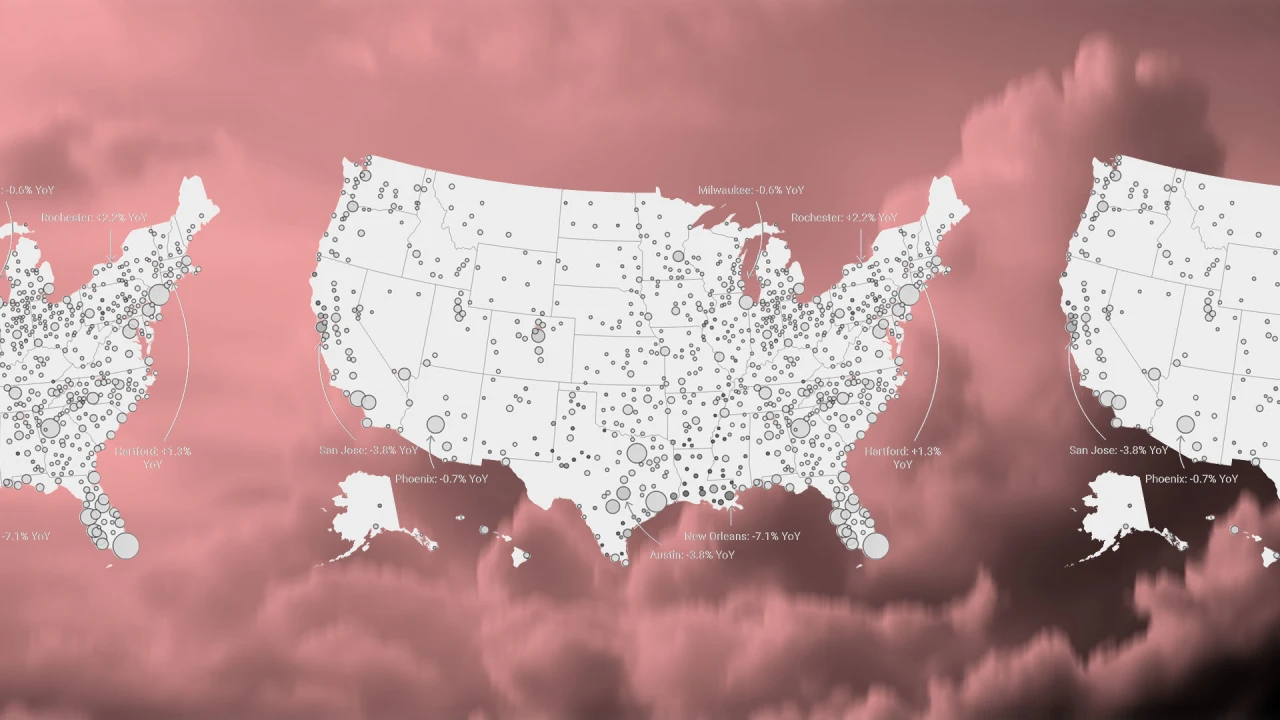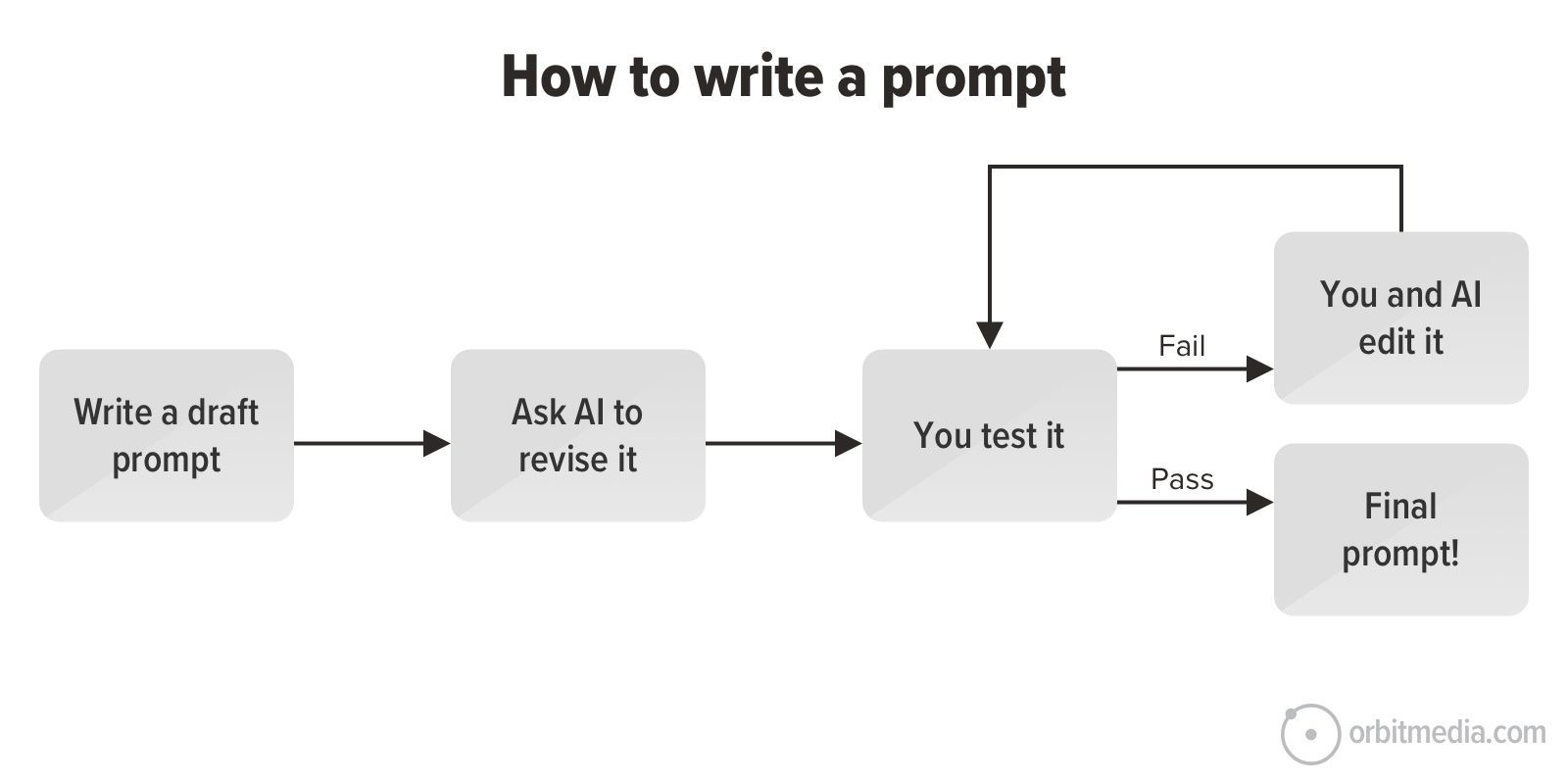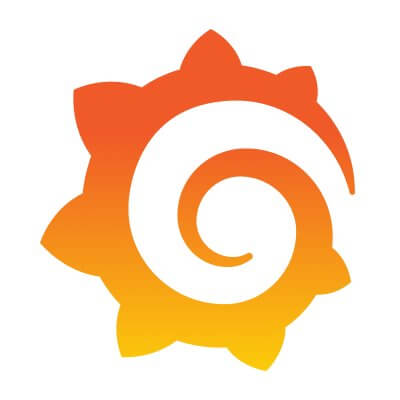Why 'Made in USA' Tools Aren't Tariff-Proof (and How to Save Money Anyway)
You can still keep your DIY projects on track and under budget.

We may earn a commission from links on this page.
Tariffs on products being imported to the U.S., especially from China, Canada, and Mexico, have been a hotly debated topic in the news, and many people are predicting a hike in prices on things like tools and materials for DIY projects as the tariffs are enacted. There is a lot of conjecture about how to keep your home improvement and DIY projects prices down, with many commentators advising people to simply “buy American"—but that probably won’t work. The economy is increasingly international, with parts of almost everything made in the U.S. being imported from all over the world.
Most tools made in the U.S., even from brands that have a reputation for being American-made, are actually “made in the USA from globally sourced parts,” meaning that at least some of the components of these tools are made elsewhere. A few exceptions to this rule exist, like Estwing hammers and hatchets, and Channellock, which makes a large selection of tools mostly in the U.S. from U.S.-sourced materials and parts. But most tools are affected at some point along the supply chain by tariffs on imported materials and parts.
Because of an overall increase in the cost of manufacturing due to tariffs on things like fuel and electricity, as well as materials and parts, and a decrease in demand for American products abroad, manufacturing in the U.S. has slowed significantly over the last few months. As a result of this lull in activity and the lack of international demand for American goods, prices on tools made in the U.S. aren’t likely to be much cheaper than imported products. Whether companies are battling higher costs, lower demand for their products, or both, their prices won’t be going down as compared to other products as long as their business operates in the global economy. Here's what you can do if the prices get too high.
Buy used tools
Don’t get me wrong: Estwing still makes my favorite hammer, and Klein still makes my favorite tool bag right here in the U.S., and I would never advise people not to buy these things; ultimately, the reason I like them isn’t because of tariffs but because they’re well-made and they last a long time. But if you want to save money in the economic storm caused by tariffs, consider buying used. Buying good-quality used tools is a better bet than buying low-quality new tools—they will likely last longer. For more information on how to identify quality used tools, read my article on buying tools from estate sales.
Repair broken tools instead of buying new ones
While parts might be more expensive because of tariffs, you can likely still save some money by fixing power tools when they break rather than replacing them. Sharpening saw blades for a table saw can range from $15 to about $50 per blade, which is much cheaper than replacing them, especially for specialty blades. If you have a tool with a power cord that has become worn, you can get a replacement cord for between $10 and $40, depending on the length and gauge. Even if you don’t feel comfortable replacing the cord yourself, the cost of having the repair done is likely still cheaper than buying a new drill press or bench sander.
Join a makerspace
You might be able to find a makerspace locally at a school, community center, or one that's run as its own business. Depending on the size and scope of the space, membership can cost anywhere from $10/month to $200/month and includes access to on-site tools for a variety of DIY projects. Some of these communal shops also have tools you can check out and take home. While the price of membership for some of these spaces can seem expensive, it's still likely cheaper than the cost of buying all the tools you would have access to, especially if you consider the cost of maintenance and electricity for some of the larger ones, like table saws.
Rent your tools
While renting smaller power tools like drills and drivers might not be worth it—the minimum rental on those is around $27—larger tools like power washers, floor sanders, and tillers can be rented for between $80 and $90 per day. This is a significant savings on buying a large tool like this, but make sure to check your rental contract to see what's included. Sometimes you'll be responsible for providing sanding discs and other needed accessories for the rented tool. Auto repair stores like Autozone also sometimes have tools to loan out for a deposit, as long as you return the tools within the 90-day loan period. If you have a DIY project that only requires the use of a particular tool for a short period of time, this type of rental or loan can result in significant savings.
Where to borrow tools
If you want to avoid tariffs altogether, you can try borrowing tools through a local tool library or neighborhood swap group. This is by far the most tariff-resistant way to get your DIY projects done on a budget—and build community while you work. Tool libraries can often be a resource for more than just tools—they often host classes and repair workshops, too, making them a perfect place to start if you’re a DIY beginner or you just want to make some DIY friends.












































































































![Building A Digital PR Strategy: 10 Essential Steps for Beginners [With Examples]](https://buzzsumo.com/wp-content/uploads/2023/09/Building-A-Digital-PR-Strategy-10-Essential-Steps-for-Beginners-With-Examples-bblog-masthead.jpg)















![How to Use GA4 to Track Social Media Traffic: 6 Questions, Answers and Insights [VIDEO]](https://www.orbitmedia.com/wp-content/uploads/2023/06/ab-testing.png)



































